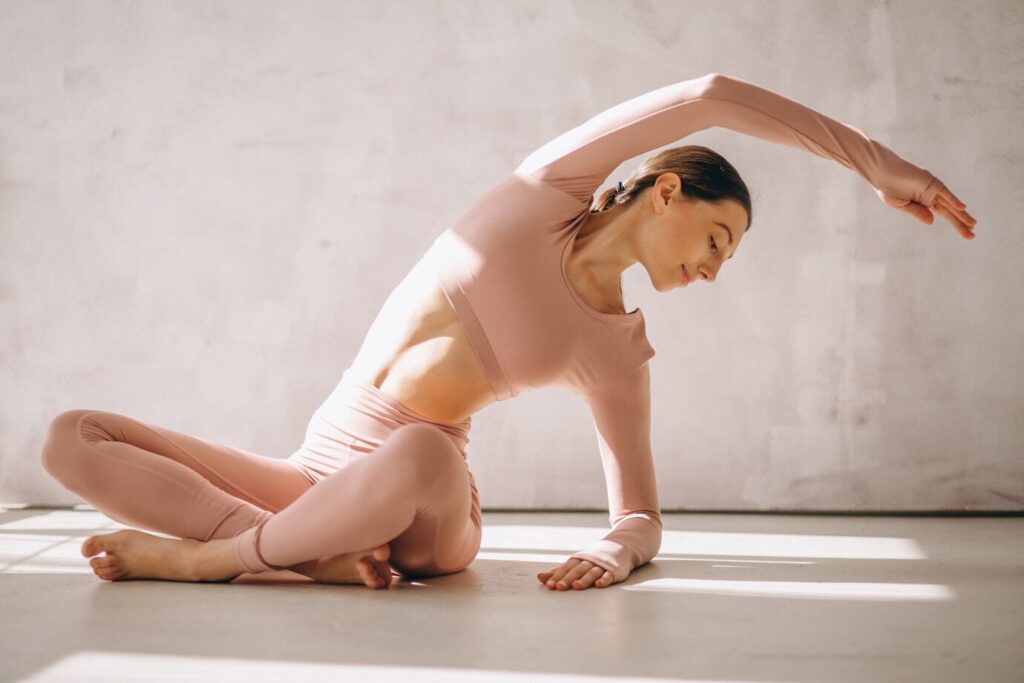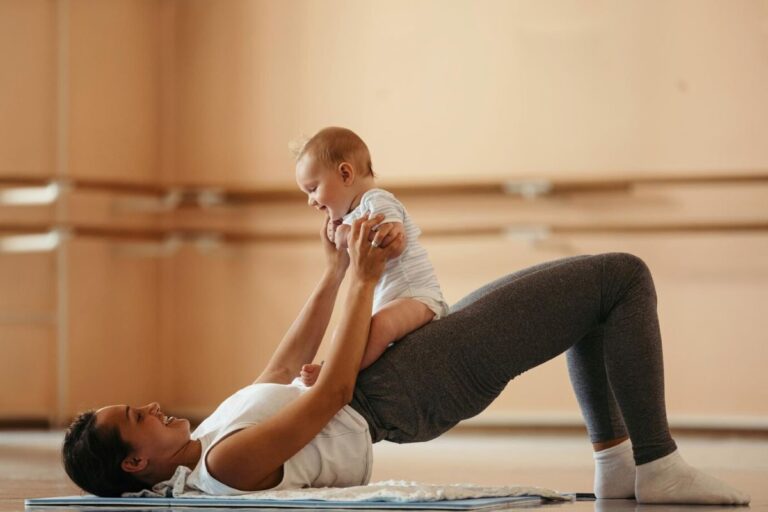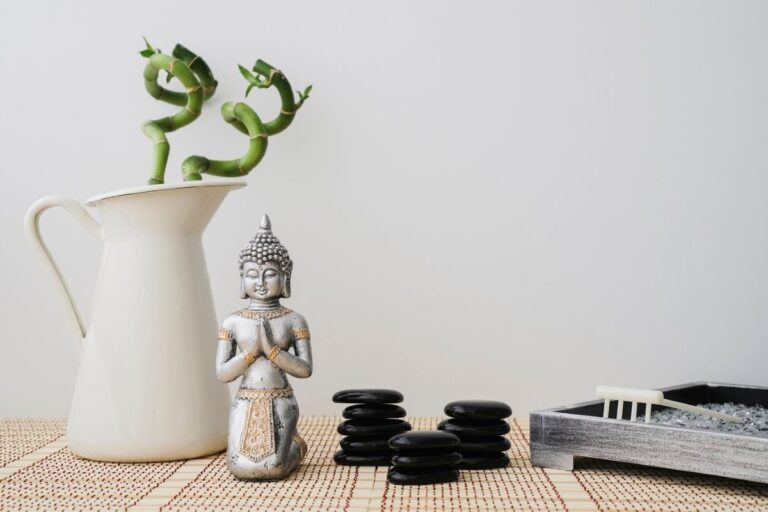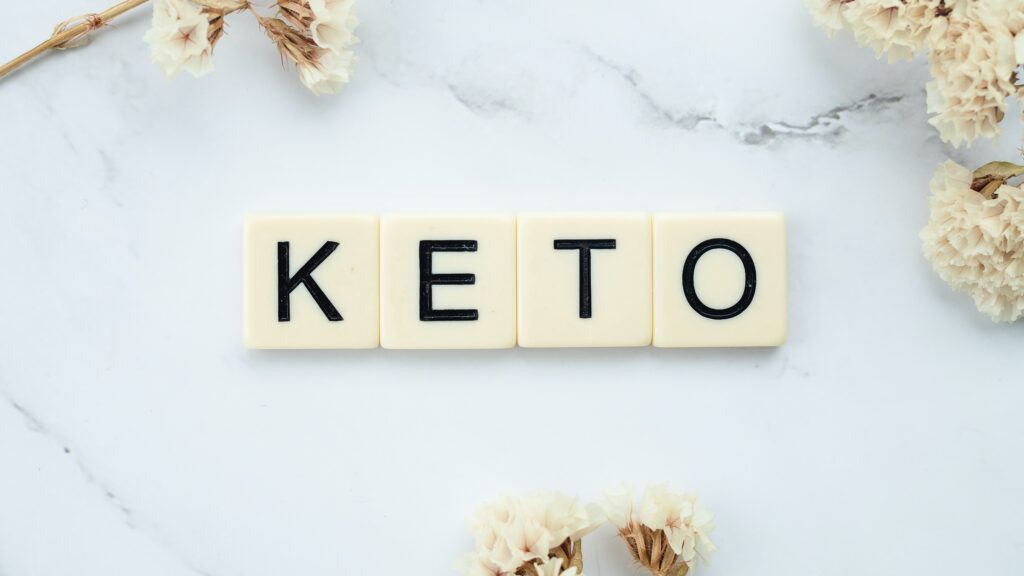Joseph Pilates created an exercise regimen that stood the test of time; his legacy still lives on 56 years after his death. Although you might have heard of it, you might know someone who does Pilates. Unlike other forms of exercise that focus on calorie-burning workouts, Pilates fosters a connection between the mind and body.
Pilates first gained attention in the 1990s when celebrities like Madonna and Uma Thurman boasted about its benefits. After the pandemic people’s priorities have shifted from intense calorie burning workouts to activities like Pilates which have transformative power, often helping individuals gain physical and emotional strength.
Ever growing Pilates is still considered among the most popular exercise activities for women. Its popularity is also gaining momentum among men. With a wide range of offerings, from small private studio to one-on-one instruction app based virtual classes, Pilates is booming on an unprecedented scale.
What is Pilates?
Pilates was initially developed as a method of injury recovery for dancers. It focuses on muscle toning, which results in greater stability and endurance. According to a 2019 study by the National Library of Medicine a one-hour session of Pilates per week helped participants improve lean and fat mass and boosted endurance and flexibility.
A Pilates workout is often performed on a mat or in a chair and includes several strength and flexibility exercises. Unlike other forms of exercise Pilates encourages participants to focus on breathing, thereby cultivating a connection between the mind and body.
A few Pilates workouts include special equipment like spring-based resistance machines to support the spine and target specific muscle groups. The most popular machine known as the Reformer is renowned for its small bed frame with sliding platform hooked to a system of springs, ropes and pulleys. Nevertheless, to practice Pilates you do not necessarily need a Reformer, some exercises can be repeated in sets that strategically work the muscles without exhausting them.
How Do you Practice Pilates?
Although Pilates studios have a range of equipment, you don’t need equipment to practice Pilates at home. Many resources, including books and videos, can help you practice at home. Besides saving money, practicing Pilates at home frees you from commuting and allows you to move at your own pace and repeat the exercises you want or try new sequences that make you feel good.
Contrary to what most people think, you do not need a Reformer to practice Pilates at home. You can practice Pilates using just your own body and a mat. In fact, Joseph Pilates originally developed his method on a mat. With over 500 different exercises that require only your body and a flat surface, there is no excuse not to train at home. Plenty of online classes teach you how to do Pilates on a mat.
Benefits of Pilates
Practicing Pilates alone has several benefits, yet it can also complement other physical activities. Many Physicians and therapists recommend Pilates as a path to rehabilitation for recovering from injuries. It can help reduce one’s odds of becoming injured because of its ability to improve stability. When there is an inadequacy in balance and posture you increase your risk for a variety of musculoskeletal and joint injuries.
Because of its versatility, Pilates can be tailored to a wide range of fitness goals, ages, and abilities, including professional dancers, athletes, and pregnant women. In essence, anyone can do it. While practicing Pilates can also combines with other forms of exercise like swimming, cycling, running, jogging, weightlifting, rowing and hiking to help you stay fit. While many might have stereotypical images of Pilates workout enthusiasts being young fit Cirque du Soleil dancers, as a matter of fact you can be 85 and still do Pilates. Besides improving stability, balance, flexibility and posture, Pilates has many other advantages.
It Relieves Tension in the Shoulders, Back, and Legs
If you sit for long hours at a desk, you might develop weak core and back muscles. Pilates helps you strengthen these postural muscles and balance out the tension. Strong core muscles promote better posture and relieve muscle tension that builds up from daily routines. Pilates also helps pregnant women by strengthening the core and conditioning the pelvis.
Increases Energy
Pilates increases your body’s energy, by focusing on breath it improves your body’s cardiorespiratory capacity. The breathing exercises not only stimulate the feel-good hormones but also promote good blood circulation and improve the lung’s capacity. Deep breathing not only increases the oxygen in your blood, but also invigorates the mind, brain and body, helping you forget your anxieties. After all, a more relaxed person is less stressed and tends to have more energy.
It Improves Posture
Pilates exercises focuses on the body’s alignment. Improved posture enhances your body’s muscles and reduces shoulder and back pain. A range of exercises focusing on the body’s alignment is ideal for the joints. Pilates improves the body’s posture by aligning and strengthening the neglected postural muscles.
Reduces Menstrual Pain
Pilates can reduce the pain associated with dysmenorrhea, the condition of painful menstrual periods. Women who experience the debilitating effects of painful periods will appreciate Pilates exercises that can be tailored to ease period pain. These include stretches which gently open and stretch the lower back to calm menstrual cramping. Other stretches like Kegels for example, keep your pelvic floor in shape by strengthening the pelvic muscles.
Boosts your Body’s Natural Ability to Burn Fat
Combining a Pilates workout with other exercises like running and swimming can help you burn more calories. A research study conducted in 2017 observed 37 overweight women; the research found that practicing Pilates for eight weeks resulted in weight loss, lowering BMI, toning the waist, and decreasing the abdomen and hip circumference.
Promotes Mindfulness and Body Awareness
Unlike other forms of strenuous exercise, Pilates encourages you to stay in touch with your body as you build more strength. When practicing Pilates, you are not pushing your body to its limits but listening to your body and its cues. The inherent mindfulness associated with Pilates makes you focus on every breath, which helps relieve tension and stress.
With the advent of the pandemic, people are considering new ways to exercise. If you want to experience the benefits of Pilates find an instructor who can help you meet your goals to stay fit and retain your stamina!
David Messiha | Staff Writer










